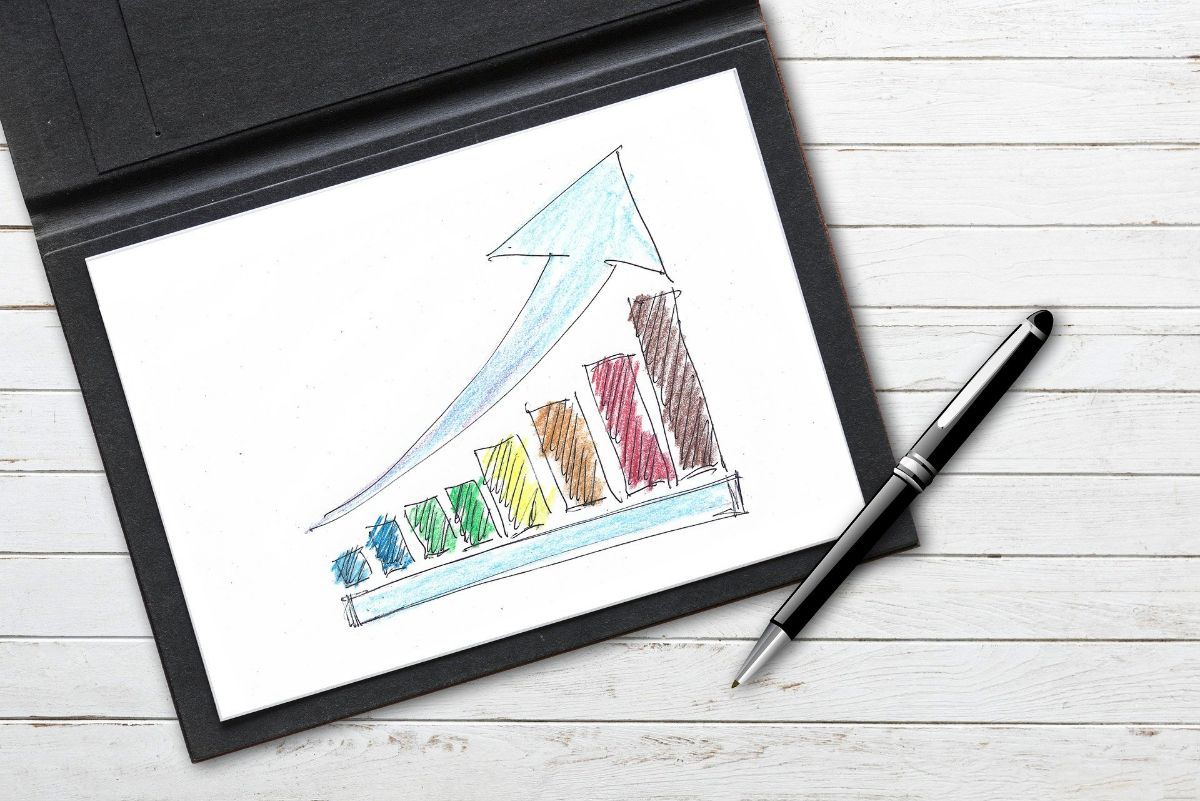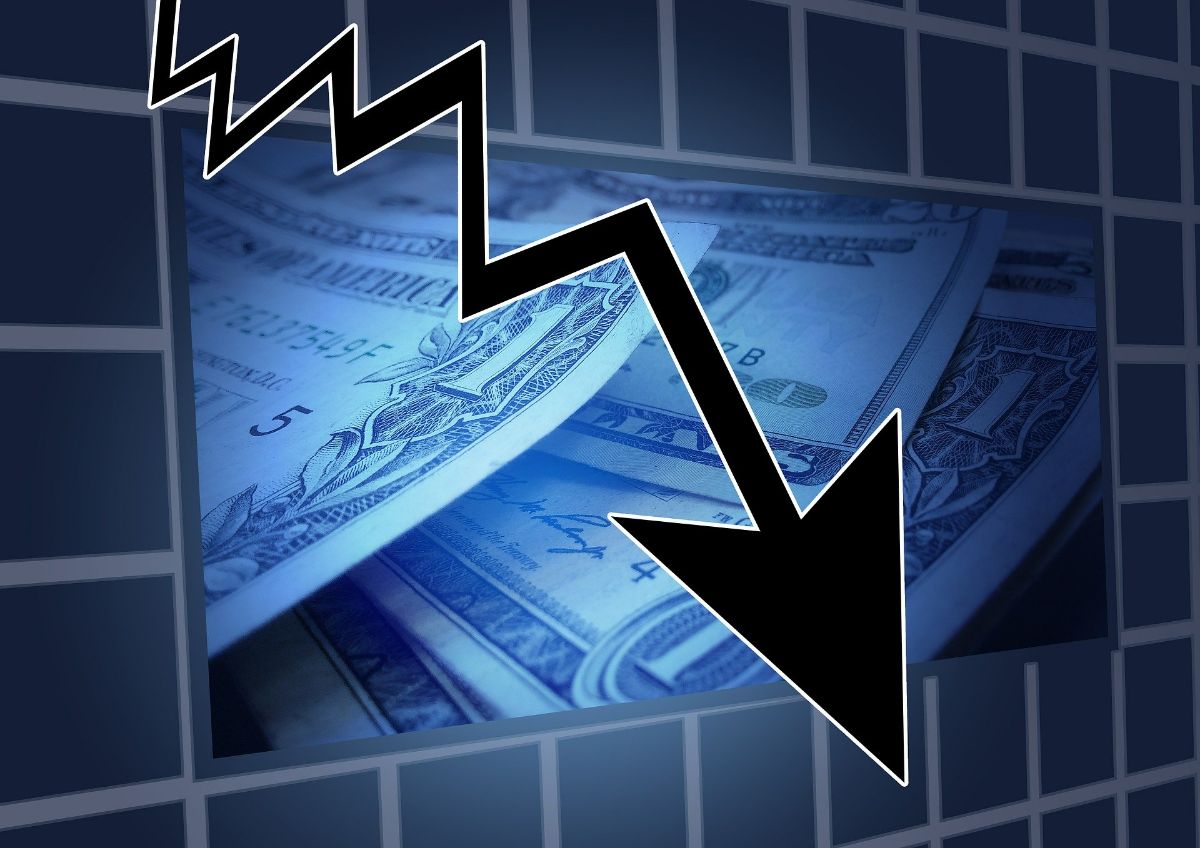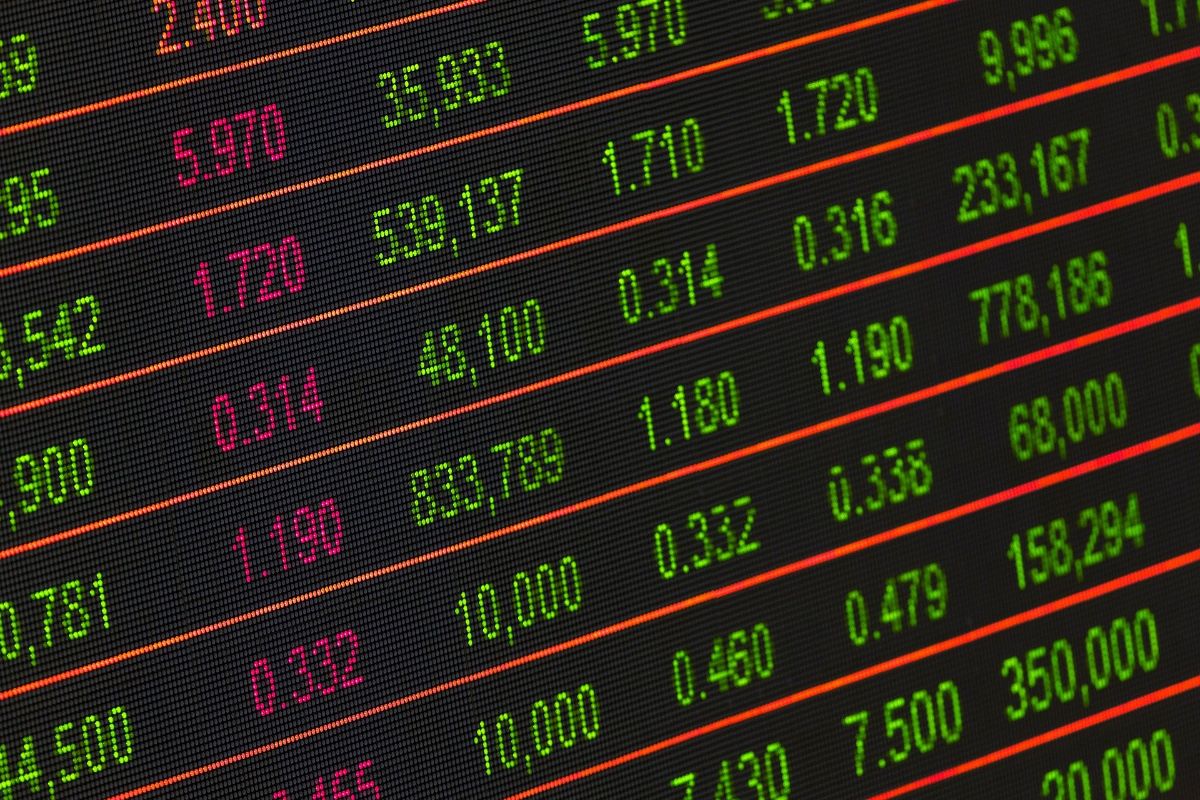
Within an economics glossary, GDP is one of the most important concepts to know. They are financial terms that, like the CPI; VAT or TIN you have to know well what its meaning is and how important it is. But, What is GDP exactly?
If you've always wondered and wanted to know why politicians and economists talk about it continuously, or why it is important to assess the growth of a country, then we are going to talk to you about what GDP is and other details that you have to know about it.
What is GDP

If you want to know what GDP is then you need to know that GDP is the acronym for what is known as Gross Domestic Product. This refers to the wealth that a country has in one year. In other words, we are talking about an economic indicator that takes into account the monetary value of both the goods and the services that a country produces in a year.
Another name for GDP is Gross Domestic Product (GDP), so if you see it with those other acronyms you know that it talks about the same thing.
Now, why measure the economic value of a country's goods and services? Well, it is because this indicator helps to know if the country is in economic growth, has stagnated or, unfortunately, is in negative (that is, instead of growing, it decreases).
Another fact to take into account about what GDP is is who created it. In this case, To whom we owe it is Simon Kutznets who included it in a report from the 30s when the financial accounts were created in the United States. In fact, it did not include only that concept, but many others. And that "invention" earned him the Nobel Prize in economics.
You must be clear that what this indicator measures is the «internal» product; We are talking about products and services that are actually manufactured in the country, not those that are imported. Everything that is produced in the country is accounted for by this gross "domestic" product.
Uses of GDP

There is no doubt that this economic concept is quite useful. But you can't trust him 100%. And it is that, it is not infallible because it has some "white holes", that is, there are certain aspects that they do not take into account and that can condition the result it gives. For example, among the negative points of this indicator are:
- That does not include the entire economy of a country. It only focuses on what they produce, yes, but it ignores externalities (companies that outsource work to other countries but profit in ours), self-production, or second-hand sales. All of that should play a role, and yet it doesn't.
- Does not take into account the black economy. And it is an important piece of information because, right now, it accounts for 25% of the Spanish economy, which is quite a lot considering that it is an "underhand" economy.
- Does not measure well-being. The very creator of GDP declared in 1932 that his indicator had this great flaw, that it was not capable of determining the well-being of a country with that data, which is why, when talking about economic growth, it is necessary to take into account other indicators.
Tips for PIB

Now that you know what GDP is, it's time to learn the three types that exist. And it is that in itself the GDP can be of three different forms: Nominal, Real and Per capita.
- Nominal GDP is the monetary value, always at current market prices, of the goods and services of a country produced over the course of a year. In this way, it will reflect the changes that may occur in terms of price increases or decreases.
- Real GDP differs from the previous one because the monetary value that is taken into account is at constant prices.
- Lastly, GDP per capita has to do with population. It can be defined as the result of dividing the GDP by the number of inhabitants that a country has in a year.
How to calculate GDP
Another important point that you have to keep in mind about what GDP is is that there are different ways to calculate it. All of them are fine, and it will give you an exact value of where the country is. But they are calculated very differently. Thus, the three methods that are used are:
Spending method
Specifically, the formula is:
GDP = C + I + G + X - M
Seen like this, you don't know anything, do you? Refers to add up all the expenses of the population and economic agents, as well as investment, public spending and exports; but you have to subtract imports.
In other words, we are talking about the sum of the entire population's spending on goods and services in a given period of time, to which gross capital formation and exports are added. All this value is subtracted with imports to obtain GDP.
Income method
Known as the income method, this formula is as follows:
GDP = RA + EBE + (taxes - subsidies)
With it, you will know the sum of what a country earns or enters. Thus, we find that we must add the workers' income (RA) and the gross operating surplus (EBE) to which the difference between taxes and subsidies is added.
The value-added method
The formula is as follows:
GDP = GVA + taxes - subsidies
Here, we have that the GVA is the gross value added of the country. With this formula, the sales of products and services are added, always being the expense of raw materials or other elements that have been used to manufacture them.
With all this information you can be more clear about what GDP is and how to calculate it, as well as the types and uses it has. Of course, there are more details and qualifications, of greater scope, that should be taken into account in this concept, but as an approximation it will give you an idea of the importance of this indicator for the economy and for the country.